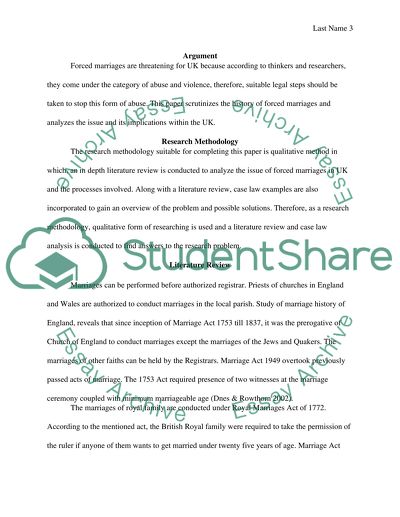Cite this document
(“An examination of forced marriages and its implications within the UK Dissertation - 2”, n.d.)
An examination of forced marriages and its implications within the UK Dissertation - 2. Retrieved from https://studentshare.org/law/1469661-an-examination-of-forced-marriages-and-its
An examination of forced marriages and its implications within the UK Dissertation - 2. Retrieved from https://studentshare.org/law/1469661-an-examination-of-forced-marriages-and-its
(An Examination of Forced Marriages and Its Implications Within the UK Dissertation - 2)
An Examination of Forced Marriages and Its Implications Within the UK Dissertation - 2. https://studentshare.org/law/1469661-an-examination-of-forced-marriages-and-its.
An Examination of Forced Marriages and Its Implications Within the UK Dissertation - 2. https://studentshare.org/law/1469661-an-examination-of-forced-marriages-and-its.
“An Examination of Forced Marriages and Its Implications Within the UK Dissertation - 2”, n.d. https://studentshare.org/law/1469661-an-examination-of-forced-marriages-and-its.


